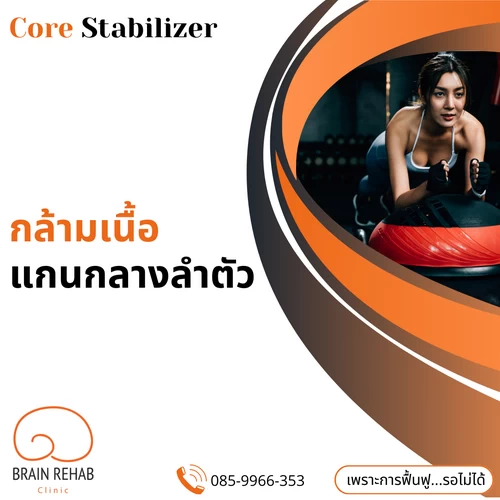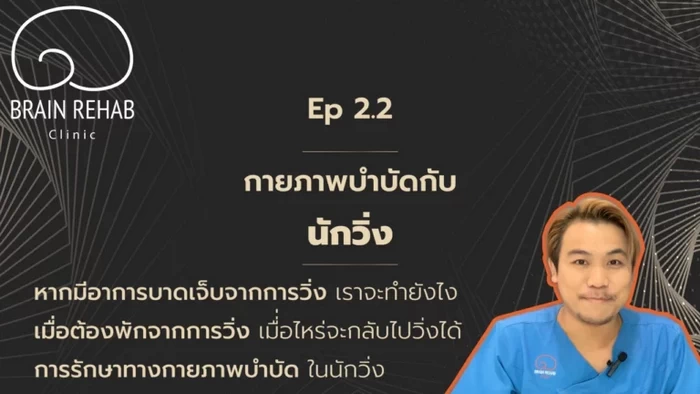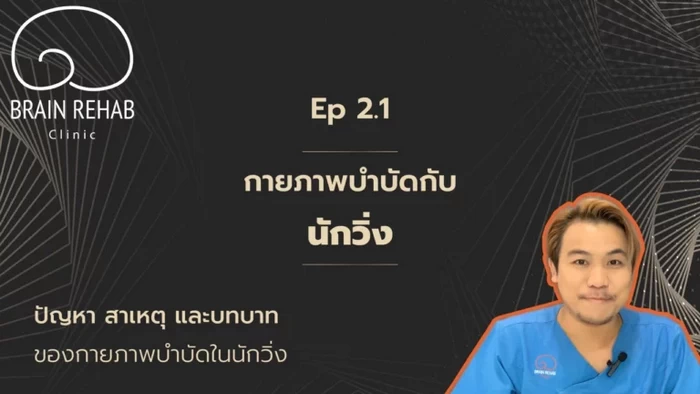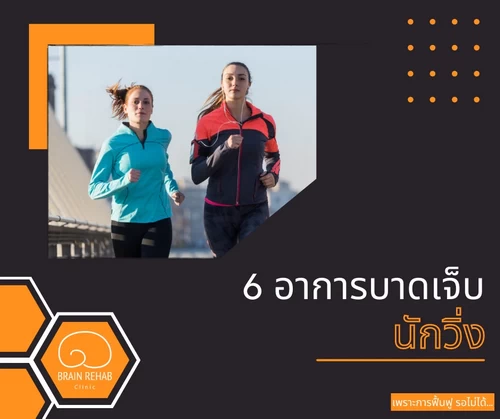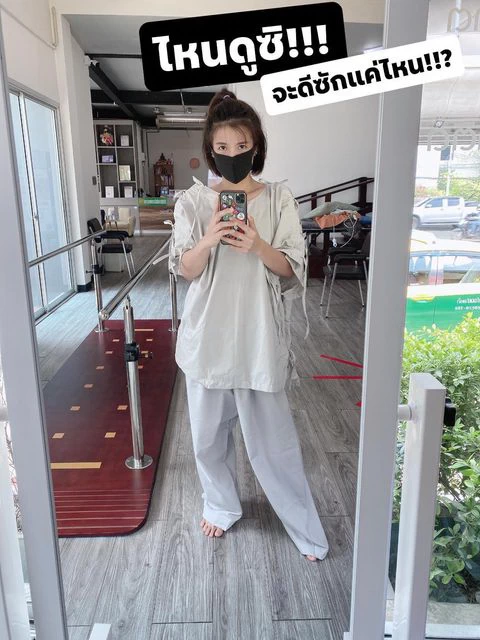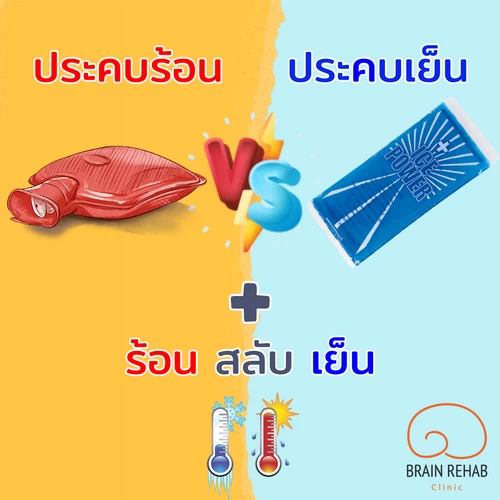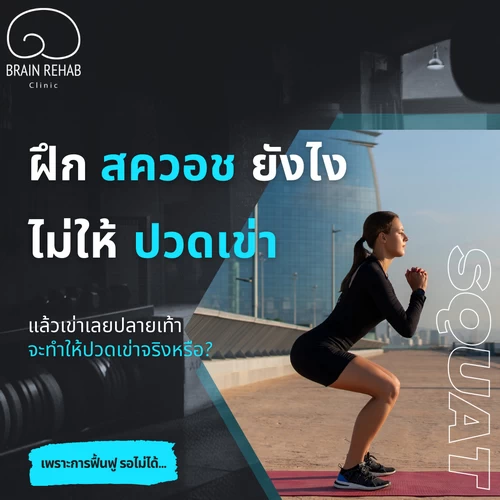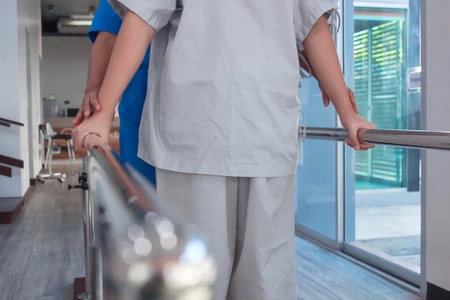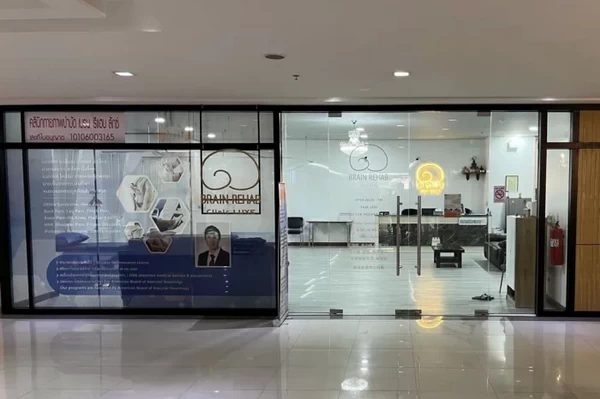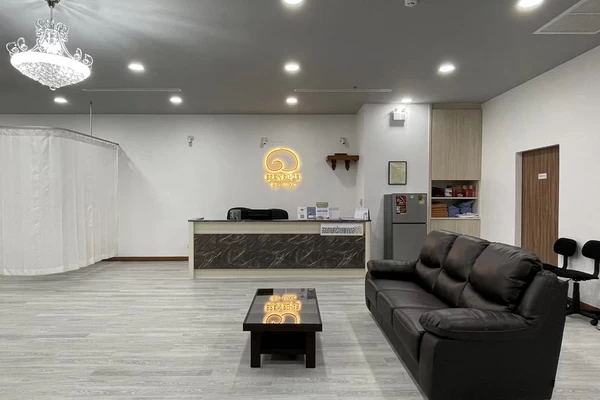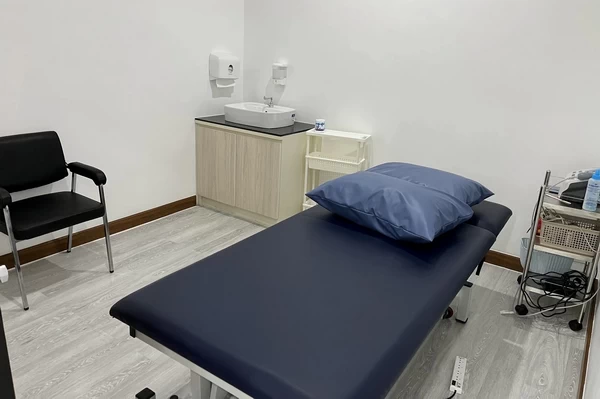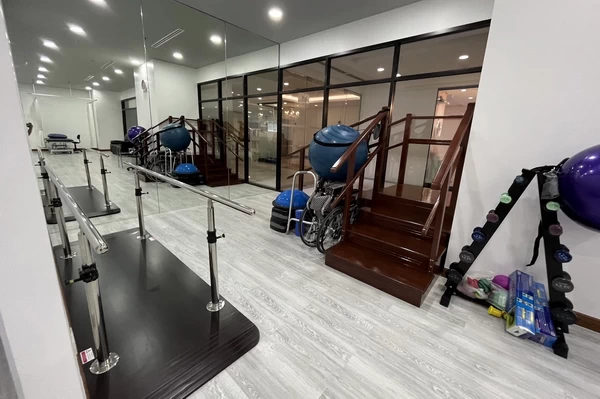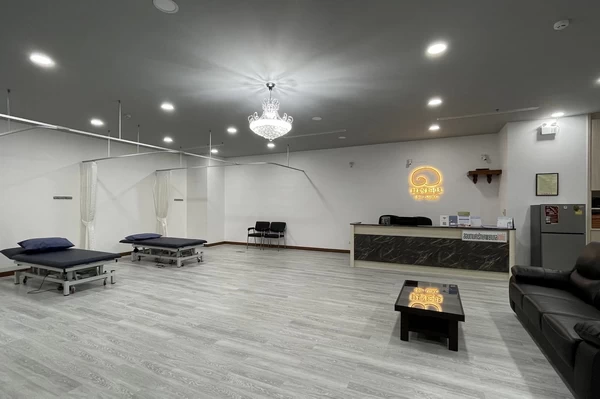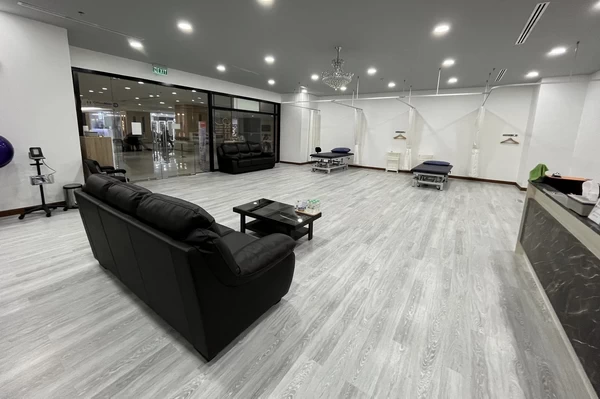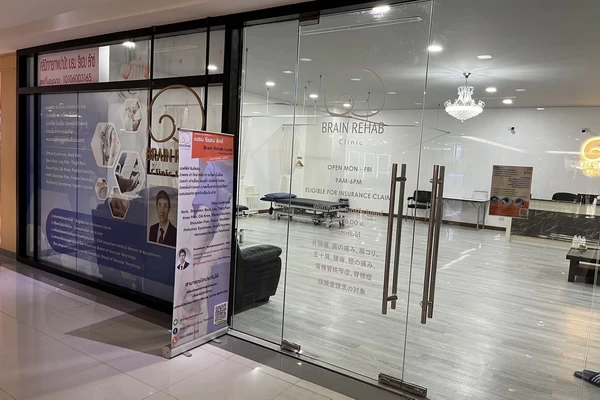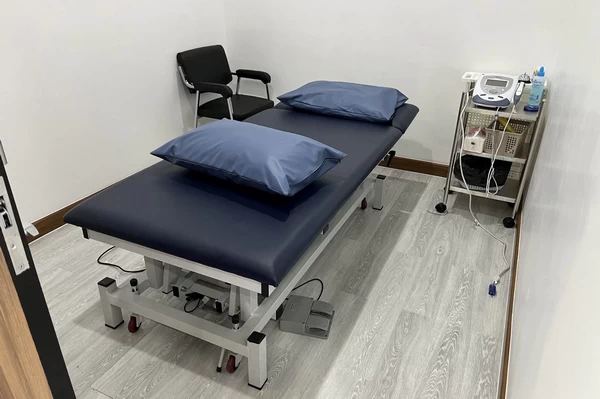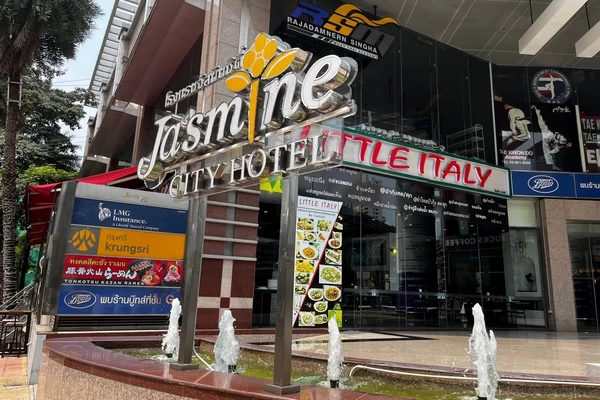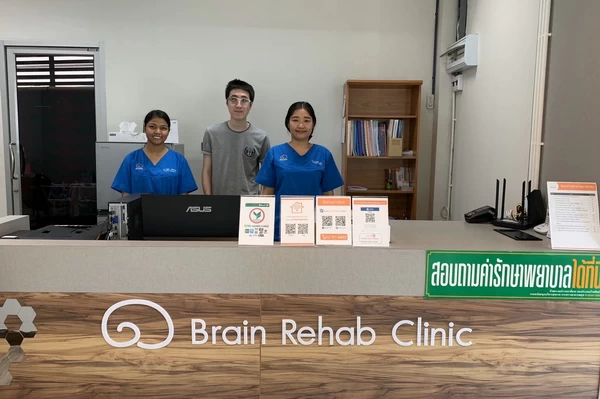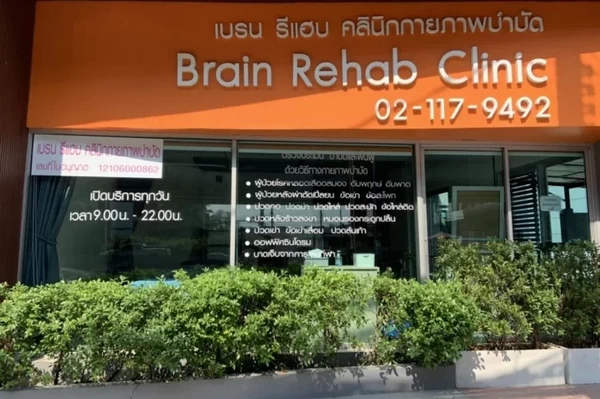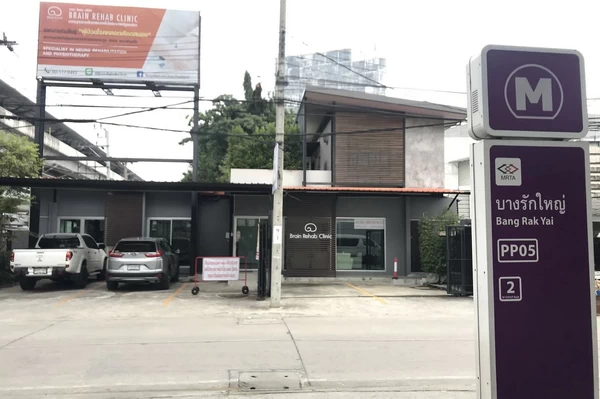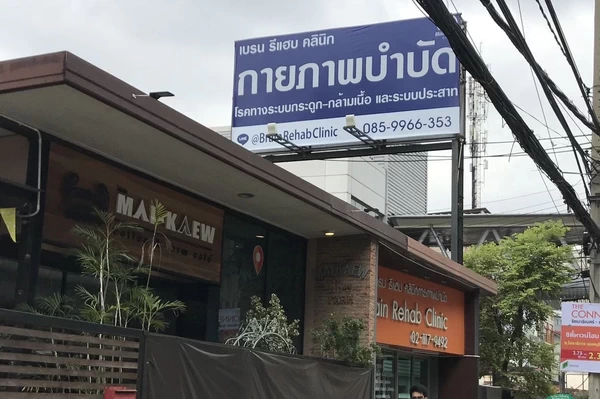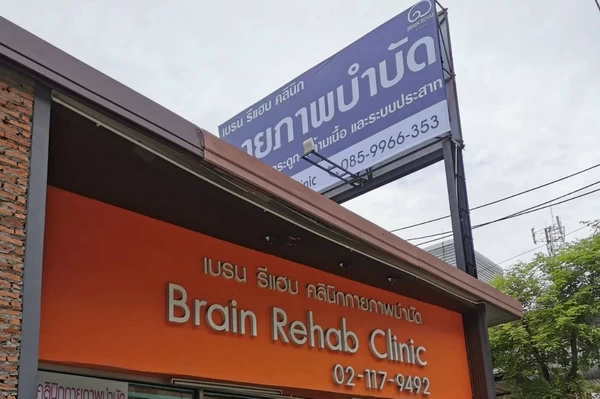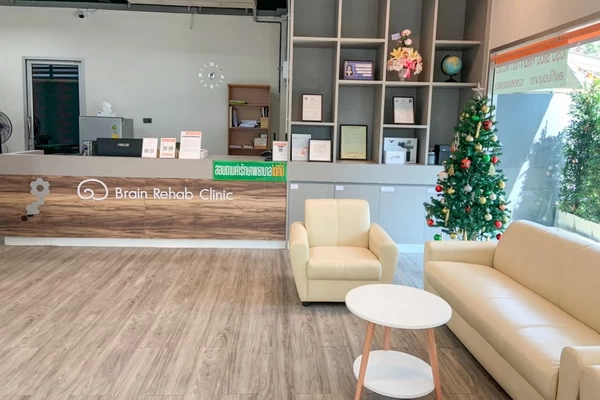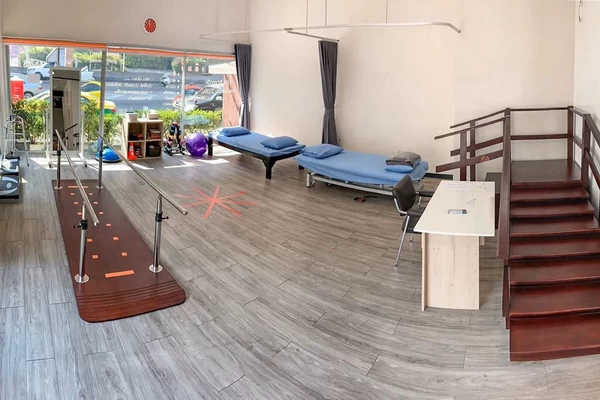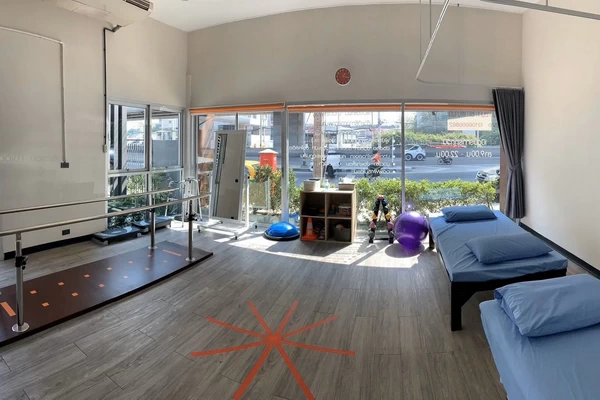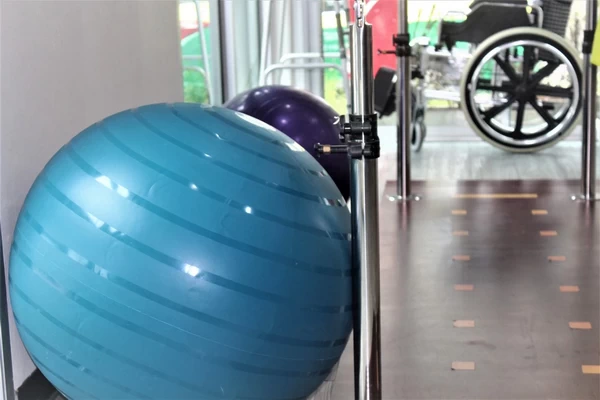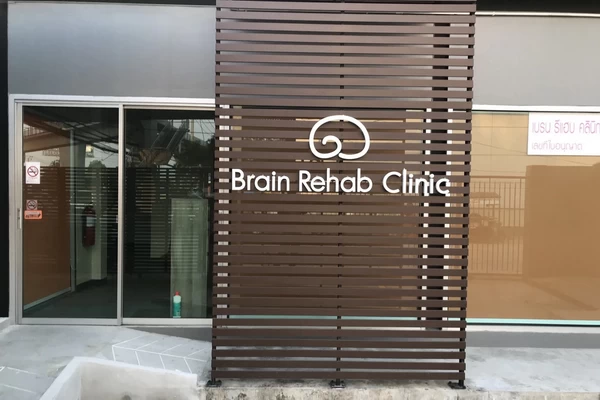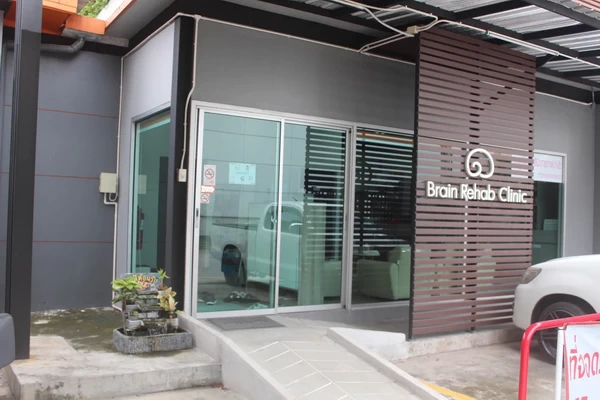Brain Rehab Physio Clinic
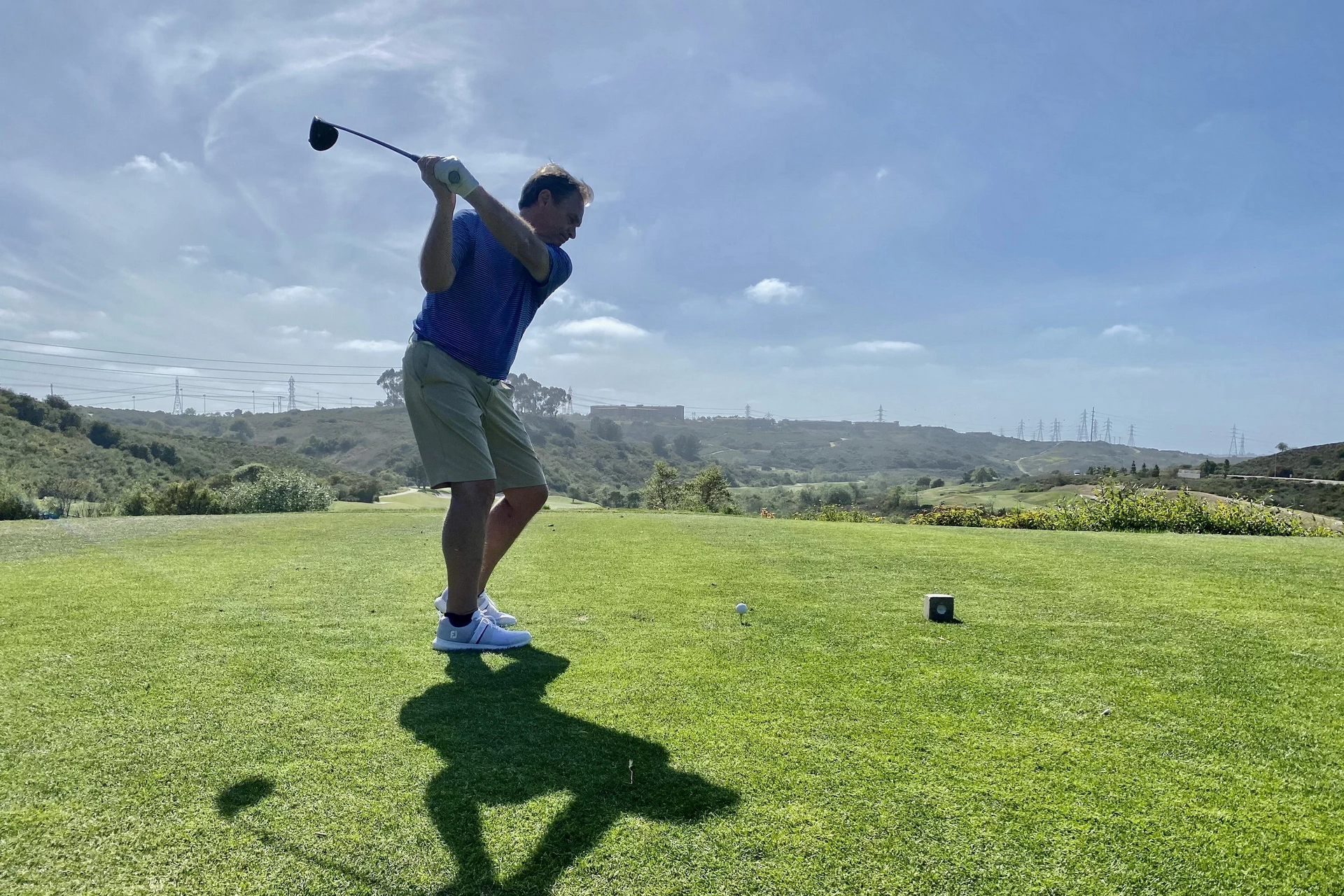
Relieve Pain Faster
Restore Strength
Reduce Risk of Re-injury
Sports Injury Rehabilitation
Post-Operative Rehabilitation
✓ ACL tear or rupture
✓ Golfer’s Elbow
✓ Rehab after knee or hip replacement
Sports Injury Rehabilitation
Sports injury rehabilitation is the process of restoring physical health following a sports-related injury, whether for amateur or professional athletes. The focus is on reducing pain, preventing complications, restoring mobility, and strengthening muscles and joints to reduce the risk of reinjury and ensure a safe return to sport.
Phases of Sports Injury Rehabilitation:
Read More...
1. Acute Phase
For acute injuries or within the first 72 hours, initial care focuses on minimizing pain, swelling, and inflammation through the R.I.C.E. method:
-
R – Rest: Stop activity immediately to prevent more severe injury
-
I – Ice: Apply cold packs to reduce pain, swelling, and inflammation
-
C – Compression: Apply a bandage to the injured area to minimize movement
-
E – Elevation: Raise the injured area above heart level to reduce pain and swelling
2. Sub-Acute Phase
This phase can begin once pain and swelling have subsided. The focus is on restoring movement to prevent joint stiffness and reduce muscle tension (e.g., stretching). Physical therapy modalities may be used to help repair injured muscles and tendons, while also starting to rebuild muscle strength.
3. Strengthening Phase
Progressive exercises are introduced to restore muscle strength, flexibility, and endurance of the involved muscles and tendons.
4. Return to Sport Phase
This phase includes sport-specific drills, coordination, agility training, and full-body conditioning to ensure the athlete is fully prepared to resume competition.
Benefits of Proper Rehabilitation
-
Faster reduction of pain and swelling. Proper rehabilitation helps the body recover quicker.
-
Prevention of complications like joint stiffness or muscle atrophy.
-
Enhanced strength, flexibility, and endurance of surrounding muscles, tendons, and joints, allowing for full movement efficiency and preventing future re-injuries.
-
Reduced risk of chronic injury. Improper rehabilitation can lead to recurrent injuries at the same spot or spread to other areas, as the body compensates and other parts bear excessive force.
-
Addressing the root cause of the injury, such as correcting running posture, weight distribution, or muscle imbalances.
-
Increased confidence in returning to sports without fear of re-injury.
Common Sports Injuries Requiring Physical Therapy
-
ACL Tear (Anterior Cruciate Ligament tear): Often results from rapid stops or changes in direction (e.g., in football, basketball). Rehabilitation focuses on increasing knee strength, balance, weight-bearing training, and stability of the muscles around the knee.
-
Meniscus Tear: Often caused by knee twisting. Rehabilitation focuses on reducing pain and swelling and strengthening the muscles around the knee.
-
Ankle Sprain or Ligament Tear: Often occurs from jumping or running on uneven surfaces. Rehabilitation emphasizes reducing pain and swelling, weight-bearing training, balance, movement, and strengthening ankle muscles.
-
Rotator Cuff Tear (Shoulder): Common in sports involving arm swinging. Rehabilitation focuses on increasing range of motion and strengthening the muscles around the shoulder.
-
Muscle Strain or Inflammation: Rehabilitation focuses on muscle stretching, along with physical therapy modalities, strengthening, and flexibility training to restore full muscle function and reduce the chance of re-injury.
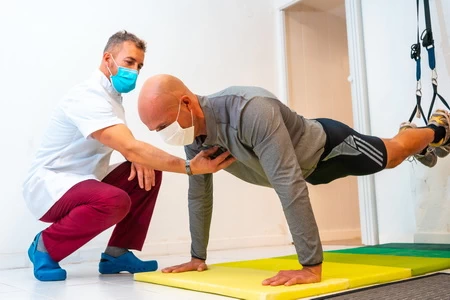
sports injury clinic near me
post op rehabilitation center near me
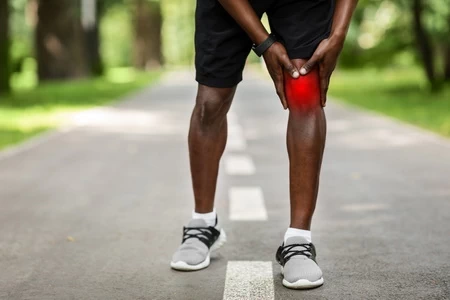
sports injury rehab near me
Post-Operative Rehabilitation
Post-operative rehabilitation is a structured recovery process that aims to restore physical function after surgery, helping patients return to their normal activities as safely and efficiently as possible.
Common types of post-operative rehabilitation include recovery following knee or hip replacements, spinal disc surgery, and surgeries for bone, ligament, and muscle injuries
Proper rehabilitation provides the following benefits:
-
Prevents complications such as joint stiffness, muscle atrophy, and weakness
-
Reduces pain and swelling through controlled movement and therapeutic modalities
-
Accelerates recovery Patients can return to daily activities quicker and regain normal movement.
-
Prevents re-injury For instance, re-injury in sports due to inadequate muscle strength. Proper rehabilitation enhances the strength, flexibility, and endurance of involved muscles and tendons, allowing them to withstand force better and reduce the risk of re-injury at the same spot.
-
Improves quality of life For instance, re-injury in sports due to inadequate muscle strength. Proper rehabilitation enhances the strength, flexibility, and endurance of involved muscles and tendons, allowing them to withstand force better and reduce the risk of re-injury at the same spot.
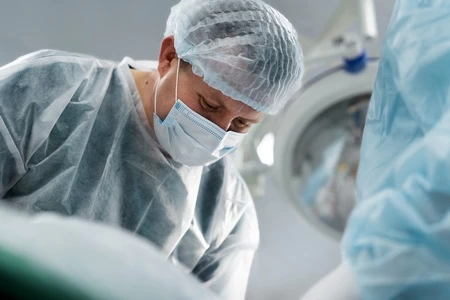
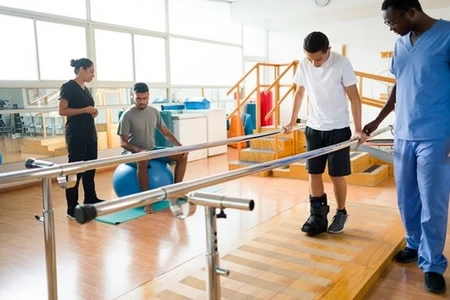
Physical Therapy in Rehabilitation
Whether it’s post-operative rehabilitation or sports injury rehabilitation, starting physical therapy as soon as possible is crucial. However, it’s vital to strictly follow the advice of your doctor and physical therapist.
Physical therapists play a significant role in this recovery process:
-
Detailed Assessment and Diagnosis: to create a personalized rehabilitation program tailored to the severity of the injury and the patient’s physical condition.
-
Pain and Swelling Reduction: using manual techniques and physical therapy modalities to decrease pain, swelling, and inflammation and promote healing.
-
Preventing Complications: such as joint stiffness and muscle atrophy, which can arise from prolonged immobility.
-
Restoring mobility by improving joint flexibility and range of motion, which reduces the risk of future injuries.
-
Increasing Muscle Strength: Physical therapists design exercise programs to strengthen muscles in the injured area, enabling them to regain full function for daily activities.
-
Providing Self-Care Education: including tips on avoiding re-injury and modifying daily habits to support long-term recovery and wellness.
-
Building Confidence: encouraging patients to safely return to their everyday routines with a sense of independence and control.
For both post-operative and sports injury rehabilitation, a quick and correct approach is essential to reduce the chance of complications, promote faster and safer recovery, and ensure a better quality of life in the long term.
Brain Rehab Physiotherapy Clinic is willing to support you with expert guidance on the right path to recovery. We offer personalized consultations and evidence-based rehabilitation programs tailored to your needs.
Because rehabilitation can’t wait…
Contents

Office Syndrome & Pain Management
ออฟฟิศซินโดรมและการยศาสตร์ (Office Syndrome & Ergonomics)
ปวดกล้ามเนื้อเรื้อรัง (Myofascial Pain Syndrome)
กล้ามเนื้อสะโพกหนีบเส้นประสาท (Piriformis Syndrome)
ปวดหลังส่วนล่าง (Low Back Pain)
เอ็นข้อศอกด้านนอกอักเสบ (Tennis Elbow)
ภาวะการกดทับเส้นประสาทข้อมือ (Carpal Tunnel Syndrome)
Thoracic Outlet Syndrome (TOS)
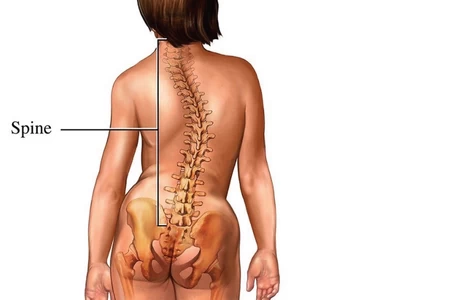


Assessment
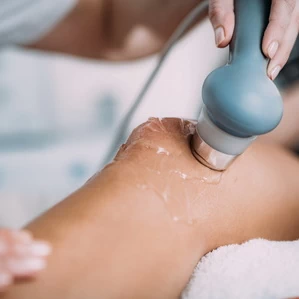
Ultrasound
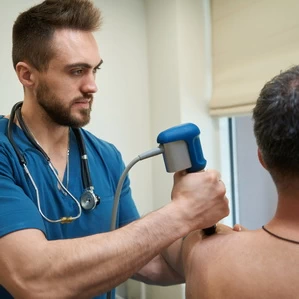
Shockwave
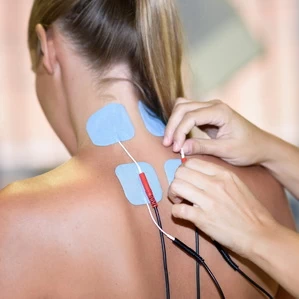
Electrical Stimulation
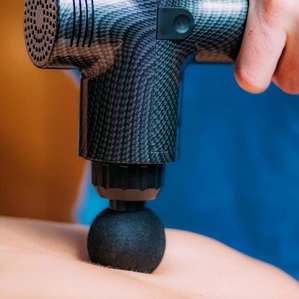
Gun Massage

Joint Mobilization

Manual Traction

Stretching
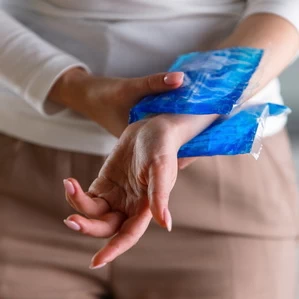
Hot/Cold Compress
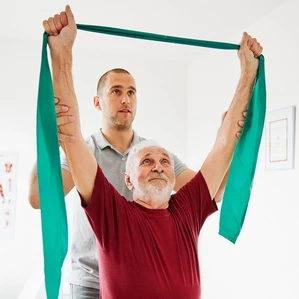
Exercises

Home Program

Posture Correction
FAQs
What is Physical Therapy?
Physical therapy is a modern medical practice focused on treatment, promotion, prevention, and holistic rehabilitation to improve the quality of life for patients. It helps alleviate pain, enhance movement efficiency, and restore physical function from injuries or diseases, without the need for medication and avoiding surgery. The treatment process is divided into three main steps:
Manual Techniques: These include hands-on techniques that are continuously trained and practiced, such as joint mobilization to increase flexibility, manipulation to align joints, and stretching to release muscle tension.
Modalities: The use of therapeutic equipment to reduce pain and strengthen muscles, such as shockwave therapy, ultrasound, and electrical stimulation.
Exercises: Once pain is reduced, exercise is incorporated to improve flexibility and muscle strength, as well as prevent re-injury. In the case of stroke patients, exercise focuses on specific areas to restore body function, such as training core muscles and lower body muscles for those with walking difficulties.
Physical therapy enables you to move confidently, reduce pain, and enhance your overall quality of life.
Why Brain Rehab Clinic?
Patients can contact us 24/7 via WhatsApp, Line or Phone regarding their issues. Besides, we provide continuous follow up on symptoms, treatment progress, as well as giving advices on basic self-care until the next appointment.
Additionally, both our Asoke and Nonthaburi branches offer free parking and are conveniently located near sky train (BTS) or subway (MRT) stations.
What is the difference?
Our physiotherapists have more than 10 years of work experience. We assure that patients will receive the best and safest treatment.
Do you have 8-step treatment?
No, we choose the right treatment methods for each patient’s condition, such as electrical stimulation is not suitable for every case, so we take time to focus on the right treatment that works best.
So what is the treatment method?
1. Comprehensive Physical Examination With the experience of our physiotherapists, each with over 10 years of experience, you can be confident that you will receive an accurate assessment to identify the root cause of your symptoms. This initial step is crucial for effective and targeted physiotherapy.
Pain in the same area may have different causes in different individuals. Our team’s expertise allows for a tailored treatment plan based on your specific condition, promoting faster and long-lasting recovery.
If the patient’s symptoms are severe, suspicious, or caused by an accident, we will recommend consulting a doctor for additional tests, such as X-rays, CT scans, or MRIs, to obtain more detailed insights. On the other hand, if diagnostic imaging results are already available, they can be used to enhance the effectiveness of physiotherapy. In some cases, our physiotherapists will collaborate with doctors to plan treatment approach and work closely with fitness trainers to design personalized exercise programs, so the patient can regain movement with confidence and live a higher quality of life.
2. Manual Therapy Our clinic’s physiotherapists are experts in Manual Therapy (hands-on therapy), which is a key technique for relieving inflammation in Trigger Points, often a primary cause of chronic pain. Treatment includes several techniques such as muscle stretching to improve flexibility and reduce tightness, joint and soft tissue mobilization to increase the range of motion, and manual traction (neck and back) to reduce pressure on nerves. These techniques are considered the main approach to physiotherapy in the United States and are widely recognized worldwide for their effectiveness.
3. Modalities Our clinic also incorporate advanced physical therapy equipments such as Shockwave Therapy, Ultrasound, and Electrical Stimulation as part of the treatment process to assist with muscle relaxation, reduce inflammation, and strengthen muscles.
Physiotherapists will select the appropriate modalities based on your condition. For example, patients with degenerative bone conditions should avoid using Shockwave Therapy in the affected area for safety reasons.
4. Therapeutic Exercises are another primary treatment approach in physiotherapy in the United States. These exercises help strengthen muscles to maintain balance on both sides, increase flexibility, enhance the range of motion, and prevent the recurrence of injuries.
Additionally, we focus on improving posture during daily activities (Posture Correction) including sitting, standing, lying down, and walking, following ergonomic principles to minimize the risk of future injuries.
5. Education and Ongoing Monitoring We focus on helping patients understand their condition or health issue so they can take appropriate actions and avoid risk factors. Moreover, we continuously monitor treatment progress, provide guidance, and ensure that patients regain confidence in returning to normal daily life.
For those looking for a “physiotherapy clinic near me”, it is important to ask about the treatment approach to ensure it suits your condition and characteristics. It is also essential to choose a clinic with experienced physiotherapists who are highly skilled at accurately diagnosing the problem to deliver the best possible treatment for quick, safe, and long-term recovery without relapse. You can consult with us regarding your symptoms via Phone, WhatsApp or LINE OA.
The pain will eventually go away because the body can heal itself. Right?
The human body has the ability to heal itself, but we need to move or use it constantly, the self-healing process becomes much more difficult.
If pain does not improve within 2-3 days, we do recommend you to attend physiotherapy sessions, helping you speed up recover, reduce pain from the injuries, and prevent the condition from becoming chronic.
How many visits and frequency should I attend physiotherapy sessions?
Depending on the symptoms, for example, a ligament sprain typically takes longer to heal than a muscle strain. For a herniated nucleus pulposus (HNP), physiotherapy primarily provides supportive care and pain relief, depending on the stage of the condition.
Patients should attend physiotherapy sessions at least 1-2 times a week to ensure consistent treatment and a faster recovery.
Although each person’s pain tolerance level may vary, seeking treatment as soon as symptoms appear can speed up recovery and prevent the condition from becoming chronic.
My condition is getting better. Can I stop physiotherapy treatment?
Physical therapy treatment requires a continuation of treatment to ensure full recovery and prevent the recurrence of symptoms. The electrical waves used in the treatment are only effective for a certain period of time. If the patient stops treatment prematurely, it is like taking medicine incompletely, which increases the chance of the condition returning or becoming chronic.
According to clinic statistics, patients who fully complete their treatment do not experience a recurrence at the same spot within 6 months. However, this also depends on the patient’s behavioral adjustments.
What is the difference between regular exercises and exercises by physiotherapists?
Physical therapy exercises is different from regular exercise because we focus on strengthening the muscles in the affected areas and design exercises that are suitable for each individual’s body condition and health issues. This helps strengthen weak muscles and prevents re-injury at the same spot.
In addition to the treatment, as if you had a personal trainer, designing individualized exercise routines for each session, tailored to the muscle condition at that time.
What conditions can't be treated by physiotherapy?
Contact us
085-9966-353Business Hours
Saturday - Sunday: 09.30 - 18.30 hrs.
Location
Parking
Business Hours
Saturday - Sunday: 09.30 - 18.30 hrs.
